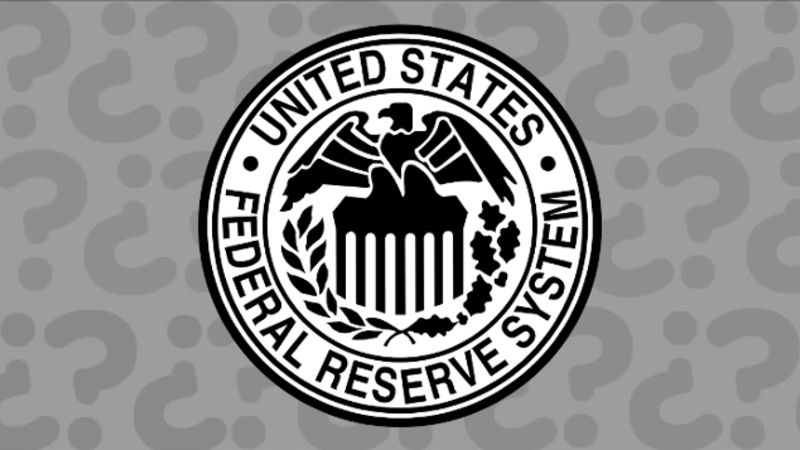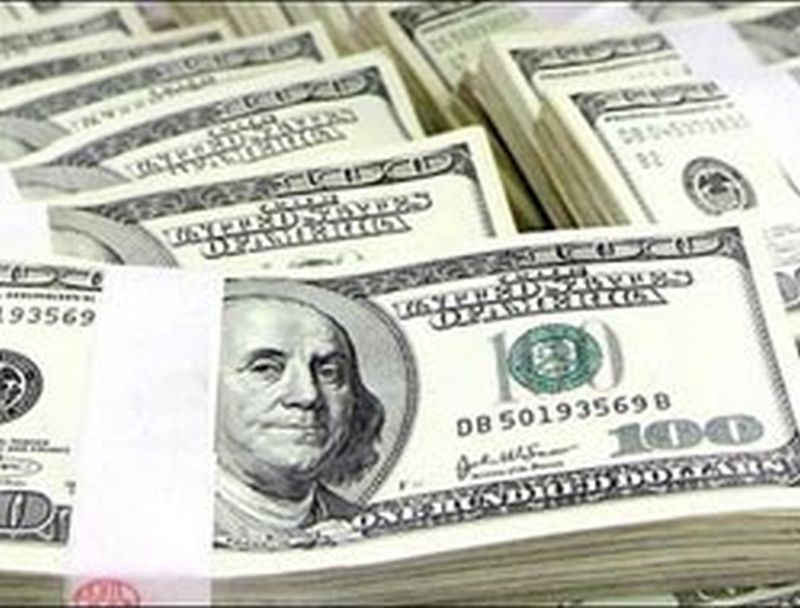What are the Fed’s policy tools?
The Fed has many responsibilities, but the most significant one is the regulating the amount of money floating around in the United States. How does the Fed controls the quantity of money? It provides the control by adjusting the reserves of the banking system.
The Fed uses three main policy tools to achieve is objectives:
- Required reserve ratios : All depository institutions in the U.S are required to hold minimum percentage of deposits as reserves. This minimum percentage is known as a “required reserve ratio”. The Fed decides a required reserve ratio for each type of deposit.
When the Fed increase the required reserve ratio, the banks must hold more reserves. To increase their reserves, the banks must decrease their lending, which decreases the quantity of money. When the Fed decreases the required reserve ratios, the banks may hold less reserves. To decrease their reserves, the banks increase their lending, which increase the quantity of money.
- Discount rate : The discount rate is the interest rate at which the Fed stands ready to lend reserves to depository institutions. A change in the discount rate is proposed to the FOMC by the Board of Directors of at least one of the 12 Federal Reserve banks and is approved by the Board of Governors.
When the Fed increases the discount rate, banks must pay a higher price for any reserves that they borrow from the Fed. Faced with the higher cost of reserves, the banks try to get by smaller reserves. But with a given required reserve ratio, banks must also decrease their lending to decrease their borrowed reserves. Thus the quantity of money decreases. When the Fed decreases the discount rate, banks pay a lower price for any reserves that they borrow from the Fed. Faced with lower cost of reserves, banks are willing to borrow more reserves and increase their lending. So the quantity of money increases.
- Open Market Operations : An open market operation is the purchase or sale of government securities – U.S. treasury bills and bonds – by the Federal Reserve System in the open market. When the Fed conducts an open market operation, it makes a transaction with a bank or some other business but it does not transact with the federal government.
When the Fed buys securities in an open market operation, bank reserves increase, banks increase their lending, and the quantity of money increases. When the Fed sells securities in an open market operation, bank reserves decrease, banks decrease their lending, and the quantity of money decreases.


